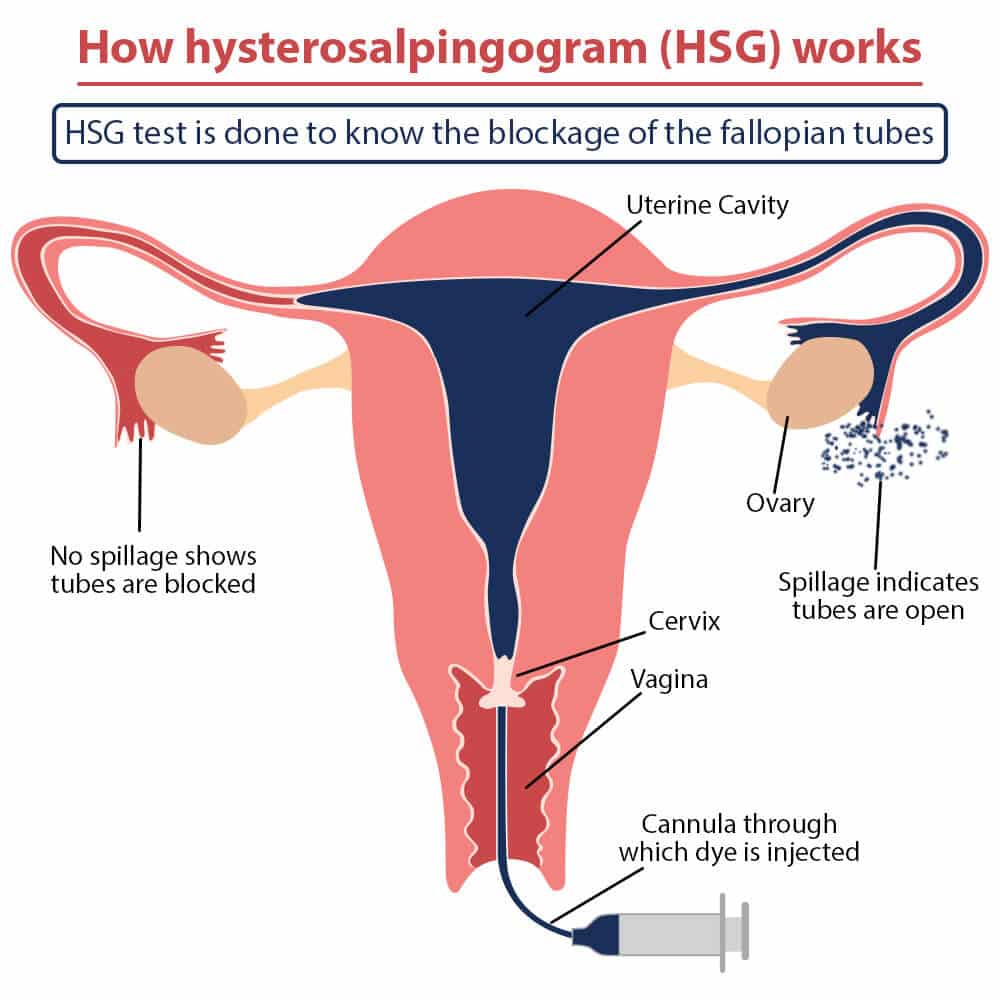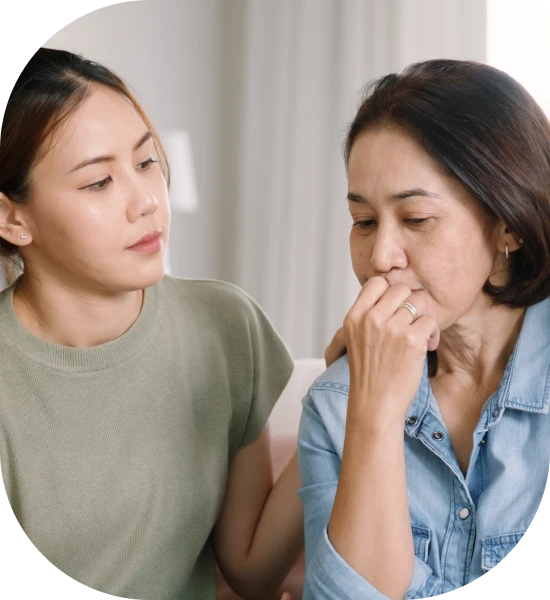Chronic bloating. Lower back pain. Fatigue that lingers even after rest. These are symptoms […]

This is an investigation that may be performed as part of your fertility work-up to check the shape of your uterine cavity and patency of your fallopian tubes. It is an outpatient test that is performed in the X-ray department. HSG is best done from Days 7 to 10 of your menstrual cycle before ovulation occurs (Day 1 being your first day of full flow period), to minimise the risk of being pregnant.
You should avoid sex from your period to the day of HSG. At the X-ray department, you will be asked to lie on your back with your knees bent and legs slightly open (similar to a Pap smear). A plastic speculum will be inserted into your vagina and a small tube placed through your cervix into your uterus. As dye is injected into your uterus, a series of X-rays will be taken to track the movement of the dye filling up your uterine cavity and spilling out through both your fallopian tubes. You may feel some discomfort and cramps during the HSG – these are usually temporarily and you can take painkillers e.g. panadol. Mild spotting for a few days after HSG is common – you can keep a pantyliner handy.
Some women may need to take antibiotics before and after the HSG.
HSG is generally a very safe procedure and the most common side effects are mild temporary abdominal cramps and spotting. Serious but rare side effect is infection – do contact your gynaecologist if you develop fever, lower abdominal cramps or foul smelling vaginal discharge.
If HSG shows hydrosalpinx (swollen fallopian tubes), you may be advised for a course of antibiotics. Depending on your fertility plans, your gynaecologist will discuss your options with you – read more about hydrosalpinx here.
This means that the dye was not able to fill the whole of your uterine cavity. Common causes of filling defects include endometrial polyps, submucous fibroids and Asherman’s syndrome. Your gynaecologist may recommend a hysteroscopy for further evaluation.
Photo credit: https://zealthy.in/en / Wikimedia Commons
Chronic bloating. Lower back pain. Fatigue that lingers even after rest. These are symptoms […]
Many women live with Polycystic Ovary Syndrome (PCOS) without realising fact from fiction. This […]
Within the realm of women’s health, the terms “fibroids” and “cysts” are often mentioned […]





Aster Gynaecology © | All Rights Reserved.